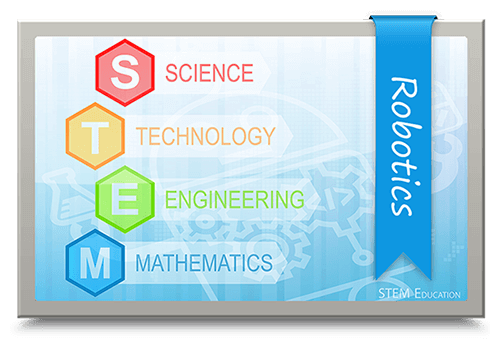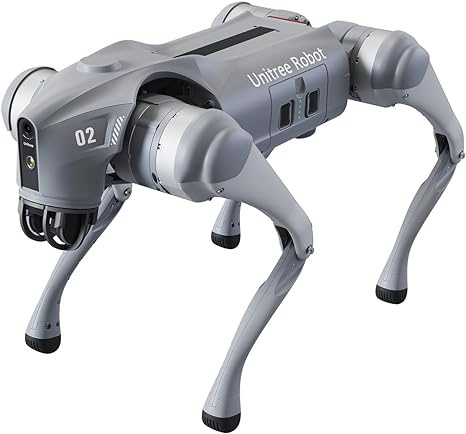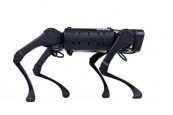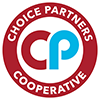Go2
The Go 2 line by Unitree has a variety of applications. Key features are human recognition, intelligent side flow and a strong reliable power system.
These robots can be used for educational purposes and commercial applications. The options available in this line provide multiple ports for input and output devices, dynamic obstacle avoidance, gesture recognition and programmable AI.
Features
- Front Camera
- 4D Lidar L1
- Foot Force Sensor
- Powerful Computing Core
- Front Lamp
- Track Module
- Smart Battery
- 12 Knee Joint Motors
- Self-Retracting Strap
- More Stable, More Powerful with Advanced Devices
- 3D Lidar Optional - Light Detection and Ranging
- Works with SLAM (Simultaneous Localization & Mapping)
- Can Attach Robotic Arm
- Agility
- Capture Video
- Skeletal/Gesture Recognition
- Two-way communication
- Remote Control up to .25 mile away with optional remote
- Customization includes LED lights, flashbang grenades, other non-lethal options & more
Packages
Go2 PRO Package
- Voice Interaction & Command
- Intelligent Accompaniment
- Retractable Motor-Driven Reel: BetterExperience Transporting Items
Go2 EDU Standard
- Ultra-Wide Angle, Object Detection, Obstacle Avoidance
- Equipped with Microphone, Speaker, Lighting, Music, & Real-Time Feedback Agility
Go2 EDU Plus-Hesal XT16
- Equipped with Realsense D435i Depth Camera
- 3D LIDAR Hersai XT16 With Navigation Algorithms & Technical Support
More Information
Science, Technology, Engineering & Mathematics

By 2018, the U.S. will have more than 1.2 million unfilled jobs in the areas of science, technology, engineering, and math (STEM) because there will not be enough qualified workers to fill them. STEM is where jobs are today and where the job growth will be in the future.
Through activity-, project-, and problem-based curriculum, our programs give students a chance to apply what they know, identify problems, find unique solutions, and lead their own learning. When students understand how their education is relevant to their lives and future careers, they get excited, and are more successful.
Students gain knowledge and skills in the following STEM areas:
- Engineering design process
- Industry standard 3D modeling software
- Using an engineer’s notebook
- Mechanisms, energy, statics, materials, and kinematics
- Development of residential and commercial properties and structures
- Project research, testing and validation techniques








